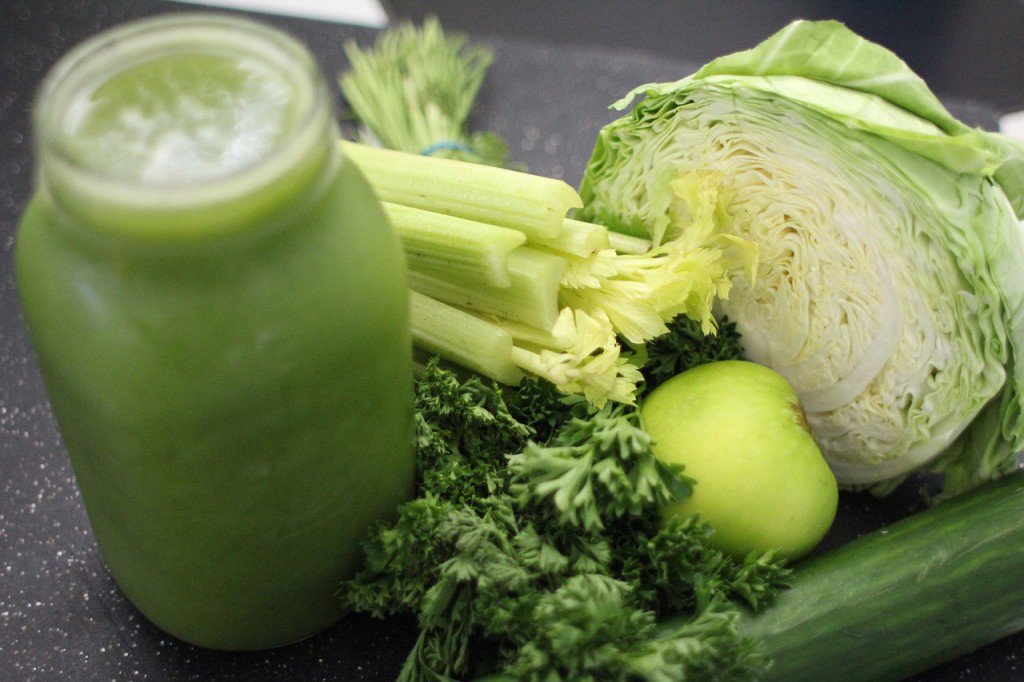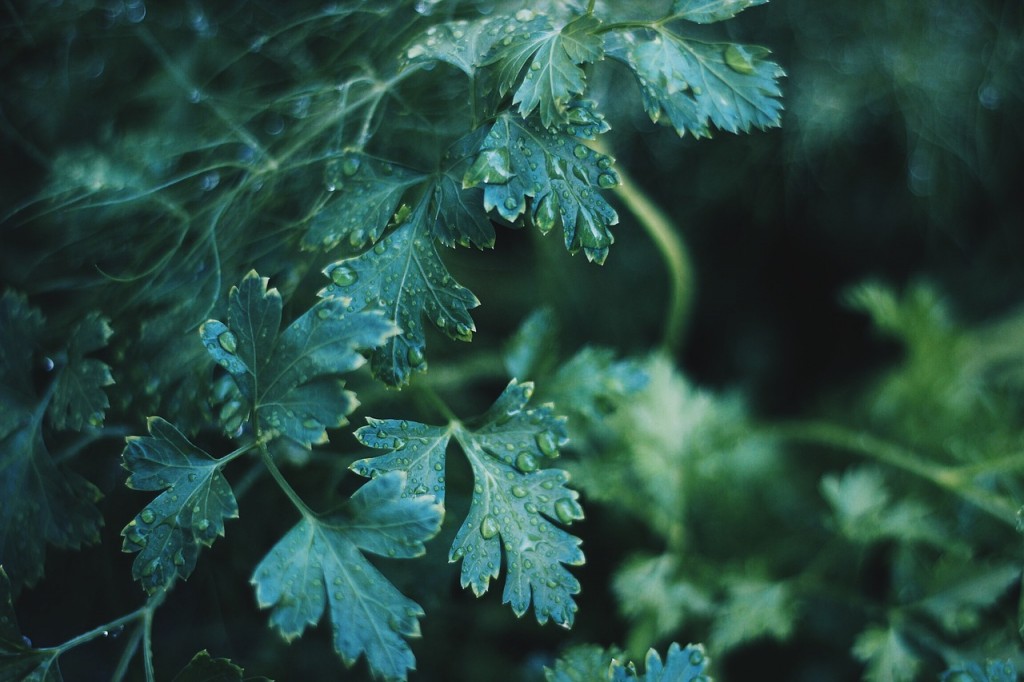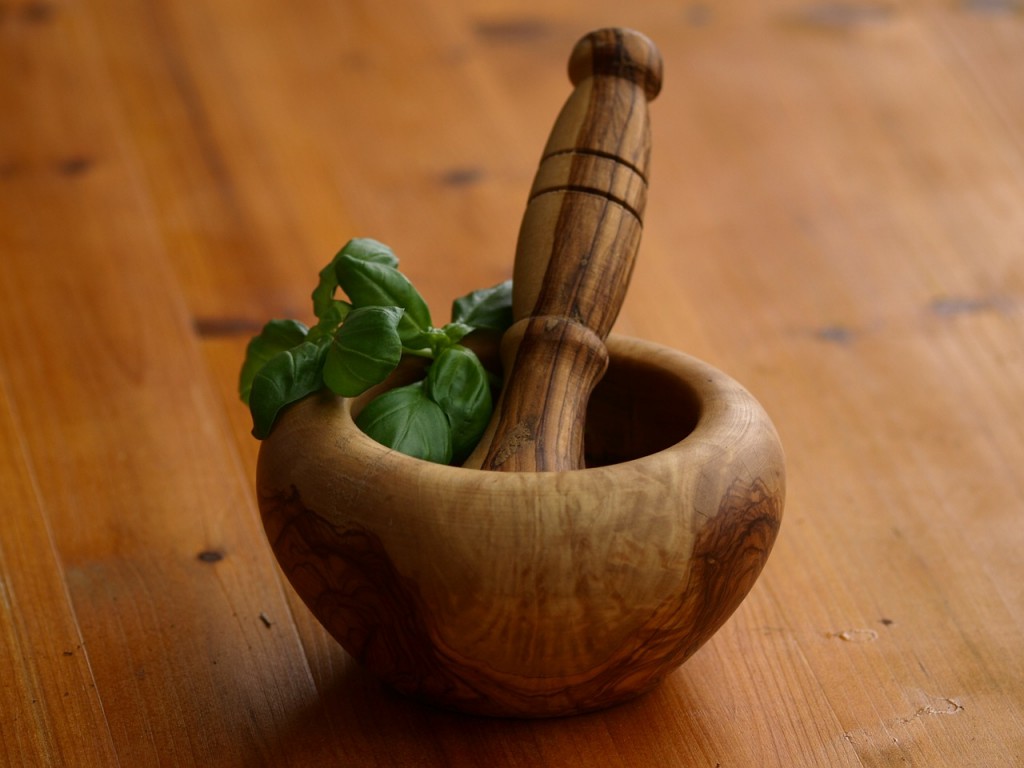
The greenhouse is not at its most welcoming in December.
But I don’t much want to be outside, so it provides a way of getting my gardening fix without getting blown about too much.
The glass keeps the weather out, but it is still chilly and damp and right now it is not a place where I hugely want to linger.
Happily there are a few crops that do not feel the same way, and chief among those at the moment is parsley.
My parsley was sown in late august and is about the only thing in the greenhouse that is currently looking fresh and green and tempting.
I also have a little growing almost outside, in the very slight shelter of a small 70s terrarium.
Parsley is quite happy with winter temperatures and will grow slowly through winter mild spells. In fact it can grow better in winter than in summer, being less prone to bolting, and I have come to associate it as much with winter dishes as with summer ones.
The only problem with growing it outside in winter is that the leaves can get a bit battered and toughened up by weather, and you end up not eating it just because it doesn’t look so tempting.
This is why the cool and not-so-welcoming greenhouse suits it so well, as does the little terrarium: both just keep off the hail and the rain, but leave the cold weather free to get at the plant.
Anyway, now I have a few bushy plants on the go in the greenhouse and a terrarium full and I want to make good use of them. It is time to make some green sauce.
Green sauce, or salsa verde, is a real favourite winter greenhouse harvest dish.

Though it’s not a dish in itself of course, but just a dollop of it turns all manner of other dishes far more flavoursome.
It is sharp and piquant – anchovies, vinegar and lemon zest back cut through any homely herbiness – and so is very good alongside almost any meats.
Its fresh green looks are startling: if you choose to blitz in a blender the result will look like a pool of pure chlorophyll.
Just the thing for livening up and making irresistible a plate of wintry oranges and browns, try it blobbed generously around on the surface of a chicken casserole, or alongside sausages.
And of course vegetarian dishes also benefit (you can drop the anchovies if you like): roast vegetables with melted goats cheese particularly love it and I have served it with a shallot tarte Tatin, which went down very nicely.
Traditionally it can contain a little basil and a little mint, but I like it straight, which is lucky as I have neither of those growing at the moment.
I may pop in a little chervil, which has a similar taste to parsley if more delicate, and happens to grow alongside it in the terrarium.
Ingredients
Big bunch of parsley (plus a little chervil/basil/mint if you wish)
1 tbsp capers
6 anchovy fillets
1 clove garlic
Zest and juice of half a lemon
½ tbsp white wine vinegar
8 tbps extra virgin olive oil
Salt and pepper
Put all of the ingredients into a food processor and pulse until they are combined but the leaves still have some texture to them.
If you don’t have a food processor you can make this in a pestle and mortar.
Finely chop the parsley first.
In the mortar, mash the capers, anchovy fillets, garlic, zest, and a little salt together until they have turned into a smoothish paste, and then slowly start adding the liquids and the leaves, finishing off with the olive oil, to turn the paste into a sauce of just the consistency you want. Season to taste and dollop generously on your meal.



